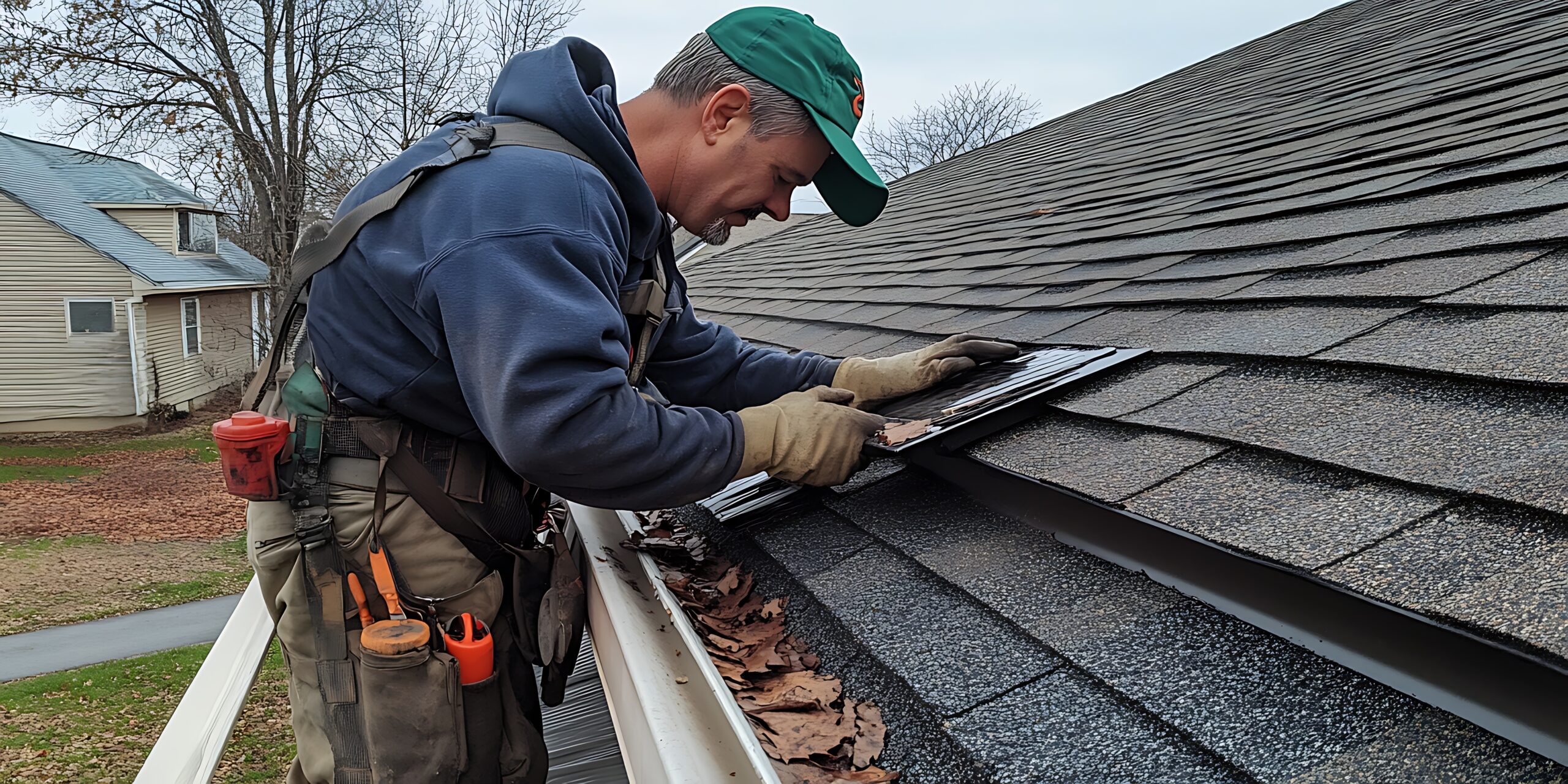Building a home from the ground up offers something rare—control. From the layout to the finishes, every decision becomes yours. But when it comes to the roof, many homeowners and first-time builders assume it’s just a matter of shingles and color, a misconception pointed out by coastaloakpm.com, a trusted property management company.
The Role of a Roof in New Construction Projects
A roof is an integral part of a building, serving multiple purposes. It protects the interior of the building from the elements, provides insulation, and contributes to the overall aesthetics. For new construction projects, selecting the right roofing material and system is crucial as it affects the building’s energy efficiency, longevity, and overall performance. The roof must be able to withstand various weather conditions, such as rain, snow, wind, and extreme temperatures, while complementing the building’s design and style.
Key Roofing Considerations for New Construction
-
Roofing Materials
The first essential decision in any new construction project is choosing the right roofing materials. Several options are available, each with its own advantages and disadvantages. Common roofing materials include asphalt shingles, metal, clay tiles, slate, and wood. Each material offers different benefits in terms of cost, durability, aesthetics, and energy efficiency.
-
Asphalt Shingles: Popular due to their affordability and ease of installation. They are suitable for a wide range of climates and offer a good balance of durability and cost.
-
Metal Roofing: Known for its longevity and energy efficiency, metal roofing is increasingly popular, especially for modern and eco-friendly construction projects.
-
Clay and Concrete Tiles: Often used in Mediterranean or Spanish-style homes, these materials are durable and provide excellent insulation but can be heavier and more expensive.
-
Slate Roofing: Slate is a high-end option that provides an elegant, long-lasting roof, though it tends to be pricier and more challenging to install.
-
Wood Shingles or Shakes: Offering a natural aesthetic, wood roofing is ideal for rustic or traditional-style homes, though it may require more maintenance.
-
Roof Design and Structure
The design and structure of the roof are just as important as the materials used. There are various roof types to consider, each influencing the overall look, performance, and maintenance needs of the building. Common roof designs include:
-
Gable Roof: This is the most common roof design and features two sloping sides that meet at a ridge. It’s ideal for shedding water and snow and is easy to build.
-
Hip Roof: A hip roof has slopes on all four sides, making it more stable and durable in areas prone to high winds.
-
Flat Roof: Often used in modern designs or commercial buildings, flat roofs require proper drainage systems to avoid water pooling.
-
Mansard Roof: This roof design features four sloped sides with a steep pitch, often used in French-style architecture.
-
Shed Roof: A single, sloping roof ideal for modern and minimalist designs.
Choosing the right roof structure for the project is essential for aesthetic purposes, functionality, and future maintenance needs.
-
Roof Insulation and Ventilation
Proper insulation and ventilation are key elements that help maintain the roof’s performance and the building’s overall energy efficiency. Insulation keeps the building comfortable by regulating temperature, while ventilation helps prevent moisture buildup in the attic, which can lead to mold, mildew, or structural damage.
-
Attic Insulation: Insulating the attic properly can help reduce heating and cooling costs, keeping the building energy-efficient.
-
Roof Ventilation: Adequate ventilation helps regulate temperature and humidity in the attic space, reducing the chances of ice dams, mold growth, and premature roof aging.
-
Climate Considerations
The local climate plays a significant role in the type of roofing material and design you choose. For example, areas prone to heavy snowfalls may require a steeply sloped roof, while regions with high winds may benefit from a metal or tiled roofing system. Understanding the specific climate conditions in your area can help you select a roof that will stand the test of time and weather.
-
Hot Climates: Lighter-colored materials like metal or clay tiles reflect sunlight, helping to keep the building cool.
-
Cold Climates: Insulation and roof slopes are critical in preventing ice buildup and maintaining energy efficiency.
-
Coastal Areas: In regions with salty air and humidity, materials like metal, which are resistant to corrosion, may be preferred.
-
Roofing Installation and Maintenance
Proper installation is crucial for ensuring the longevity and functionality of the roof. Hiring a skilled and experienced roofing contractor is essential, as a poorly installed roof can lead to leaks, poor energy efficiency, and even structural damage over time. Additionally, maintenance is key to prolonging the roof’s lifespan.
-
Regular Inspections: Routine inspections and maintenance can help identify small issues before they turn into expensive repairs.
-
Cleaning and Repairs: Keeping the roof free of debris and repairing any damages promptly will extend its lifespan and prevent more serious issues.
-
Budget and Cost Considerations
The cost of roofing for new construction projects can vary significantly depending on the materials, design, and complexity of the roof. While high-end materials like slate or tile may be more expensive upfront, they can offer greater durability and long-term savings. It’s important to balance initial costs with long-term benefits, considering both the upfront budget and ongoing maintenance needs.
Conclusion
Choosing the right roofing system is one of the most important decisions in any new construction project. From selecting the right materials and design to ensuring proper insulation, ventilation, and installation, each aspect of the roofing process contributes to the long-term success and performance of the building. Understanding the essentials of roofing for new construction projects allows business owners, homeowners, and contractors to make informed decisions that will protect the structure, enhance energy efficiency, and improve the overall value of the property.









